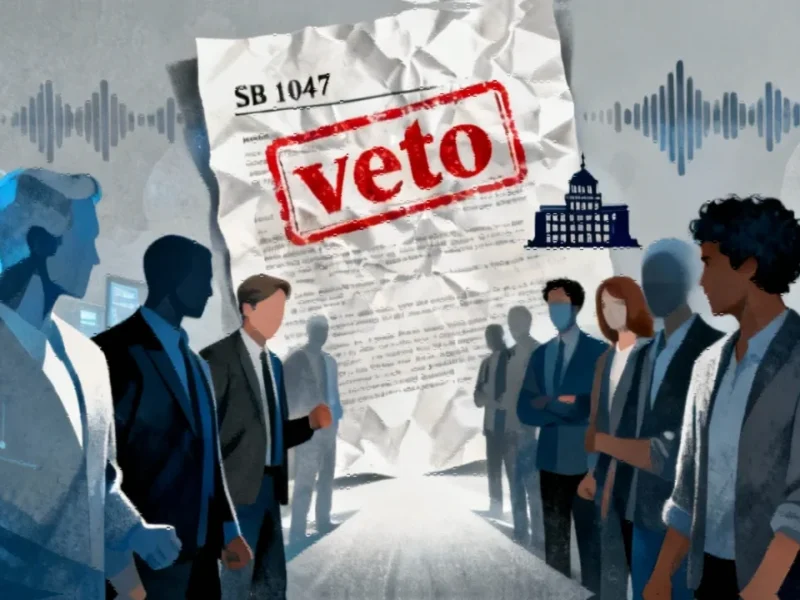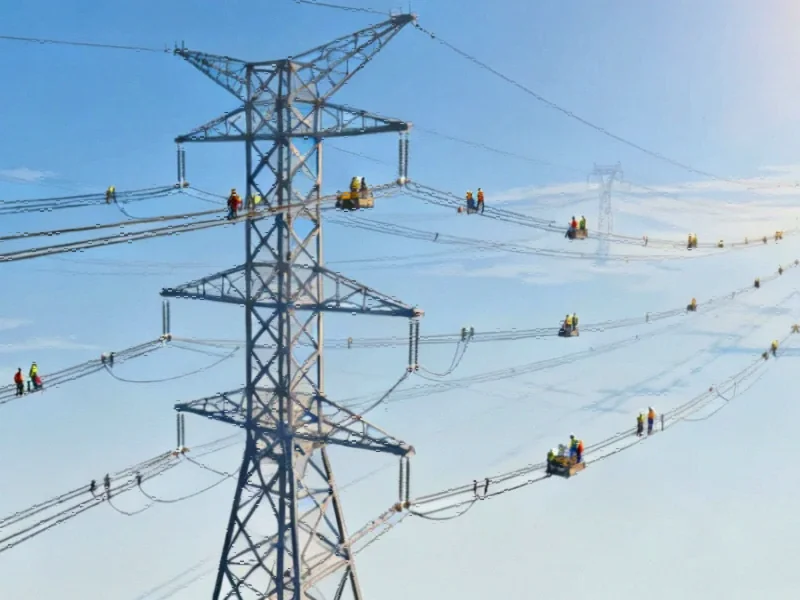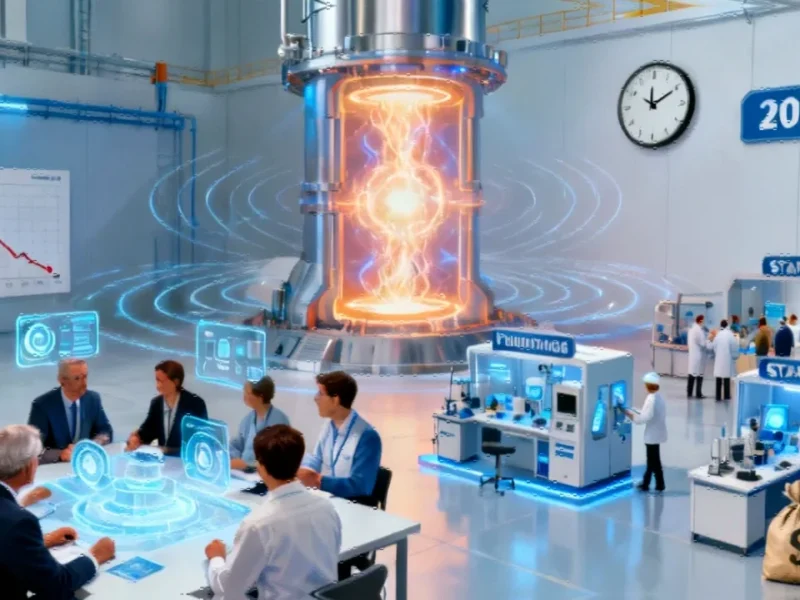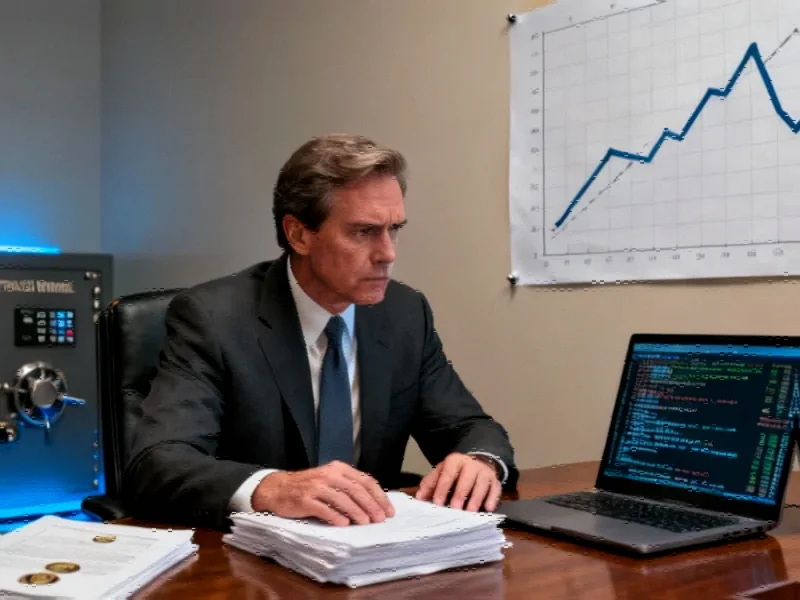Note: Featured image is for illustrative purposes only and does not represent any specific product, service, or entity mentioned in this article.
The Battle Over AI’s Future Intensifies
Silicon Valley’s most influential figures have ignited a firestorm by targeting artificial intelligence safety advocates, revealing deepening fractures in how the tech industry approaches regulation and responsibility. Recent comments from White House AI advisor David Sacks and OpenAI’s Jason Kwon suggest a coordinated effort to discredit organizations pushing for stronger AI safeguards, with both executives implying that safety advocates serve hidden agendas rather than genuine public interest concerns.
The controversy highlights Silicon Valley’s fundamental tension between developing AI responsibly and racing to dominate what many see as the next major computing platform. As AI systems become increasingly powerful, the debate over appropriate safeguards has moved from academic circles to center stage, with significant implications for how these technologies will be governed.
Regulatory Capture Allegations and Industry Pushback
David Sacks specifically targeted Anthropic, accusing the AI lab of “fearmongering” to advance regulations that would benefit established players while burdening smaller startups. His comments came in response to a viral essay by Anthropic co-founder Jack Clark expressing genuine concerns about AI’s potential societal impacts. Sacks characterized Anthropic’s support for California’s Senate Bill 53 as a “sophisticated regulatory capture strategy,” though observers noted that truly sophisticated strategies typically avoid making enemies of potential political allies.
Meanwhile, OpenAI’s decision to subpoena AI safety nonprofits like Encode Justice has raised eyebrows across the industry. The company claims it’s investigating potential coordination among critics, but many see the legal actions as intimidation tactics. The situation reflects broader industry developments where technology giants increasingly confront rather than collaborate with oversight advocates.
Internal Divisions and External Pressures
Within OpenAI itself, the aggressive stance toward critics appears to be creating internal tension. Joshua Achiam, OpenAI’s head of mission alignment, publicly expressed discomfort with the company’s legal tactics, stating “At what is possibly a risk to my whole career I will say: this doesn’t seem great.” This suggests a growing split between the company’s research organization, which frequently publishes reports on AI risks, and its government affairs team, which has lobbied against state-level regulations like SB 53.
The conflict occurs against a backdrop of increasing public concern about AI. Recent studies show approximately half of Americans feel more worried than excited about artificial intelligence, though their specific concerns tend to focus on immediate issues like job displacement and deepfakes rather than the catastrophic risks that dominate safety discussions. These market trends indicate a disconnect between public priorities and the AI safety movement’s focus areas.
Broader Industry Implications
The clash over AI safety comes as the technology sector faces increased scrutiny across multiple fronts. From governance challenges at major tech firms to questions about corporate accountability in technology-adjacent industries, the pressure for greater oversight is mounting. Even federal regulatory approaches are undergoing significant reevaluation that could impact technology companies.
The private sector’s response to these pressures varies considerably. While some companies resist additional oversight, others are pursuing strategic partnerships, as seen in recent collaborations between major investment firms. Meanwhile, technological progress continues unabated, with hardware innovations enabling more powerful AI systems and companies making high-stakes bets on emerging technology platforms.
The Path Forward
Brendan Steinhauser of the Alliance for Secure AI argues that Silicon Valley’s aggressive posture toward safety advocates reflects genuine concern that the accountability movement is gaining traction. “On OpenAI’s part, this is meant to silence critics, to intimidate them, and to dissuade other nonprofits from doing the same,” he told TechCrunch.
As the debate intensifies, all parties face difficult trade-offs between innovation speed and responsible development. With AI investment propping up significant portions of the American economy, fears of over-regulation are understandable. However, after years of relatively unchecked AI progress, the safety movement appears to be gaining momentum heading into 2026. The industry’s increasingly confrontational approach to its critics may ultimately signal that safety advocates are having exactly the impact Silicon Valley fears. For those following these related innovations and their governance, the coming months will prove crucial in determining whether collaboration or conflict defines AI’s next chapter.
Those interested in deeper analysis of this evolving situation should consult comprehensive coverage of the Silicon Valley-AI safety advocate clash for additional context and ongoing developments.
This article aggregates information from publicly available sources. All trademarks and copyrights belong to their respective owners.



